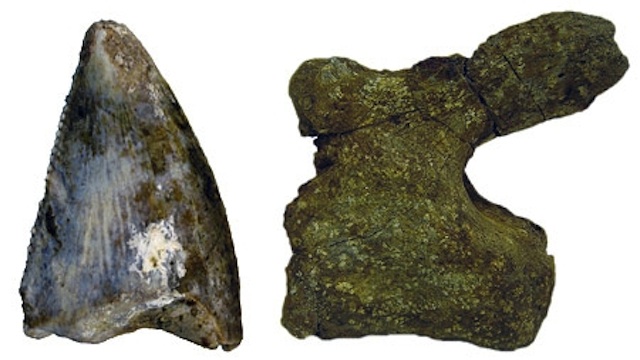SUMMARY
This is AI generated summarization, which may have errors. For context, always refer to the full article.

STOCKHOLM, Sweden – An international team of paleontologists has for the first time identified dinosaur species that lived in the Arabian peninsula, Swedish scientists said Tuesday, January 7.
The researchers found teeth and bones dating from around 72 million years ago in the northwestern part of the region, along the coast of the Red Sea in what is today Saudi Arabia, Uppsala University said in a statement.
The area now a desert, but at the time it was a beach on the African coast, and the Arabian landmass was largely underwater.
The remains are tail vertebrae from a titanosaurid sauropod, an herbivore which was probably longer than 20 meters (65 feet), and teeth belonging to an abelisaurid, a carnivorous theropod which was around 6 m long.
“These are the first taxonomically recognizable dinosaurs reported from the Arabian peninsula,” Australian paleobiologist Benjamin Kear said in the statement.
“Dinosaur fossils are exceptionally rare in the Arabian peninsula, with only a handful of highly fragmented bones documented this far.”
The finding is very rare because sedimentary rocks deposited in streams and rivers in the region during the Age of Dinosaurs are quite uncommon.
“Similar dinosaurs have been found in North Africa, Madagascar and as far away as South America,” the researchers said in the statement.
The finds, jointly authored by Australian, Saudi and Swedish researchers and under the auspices of the Saudi Geological Survey, were published in late December on the scientific journal PLoS ONE. – Rappler.com
Add a comment
How does this make you feel?
There are no comments yet. Add your comment to start the conversation.